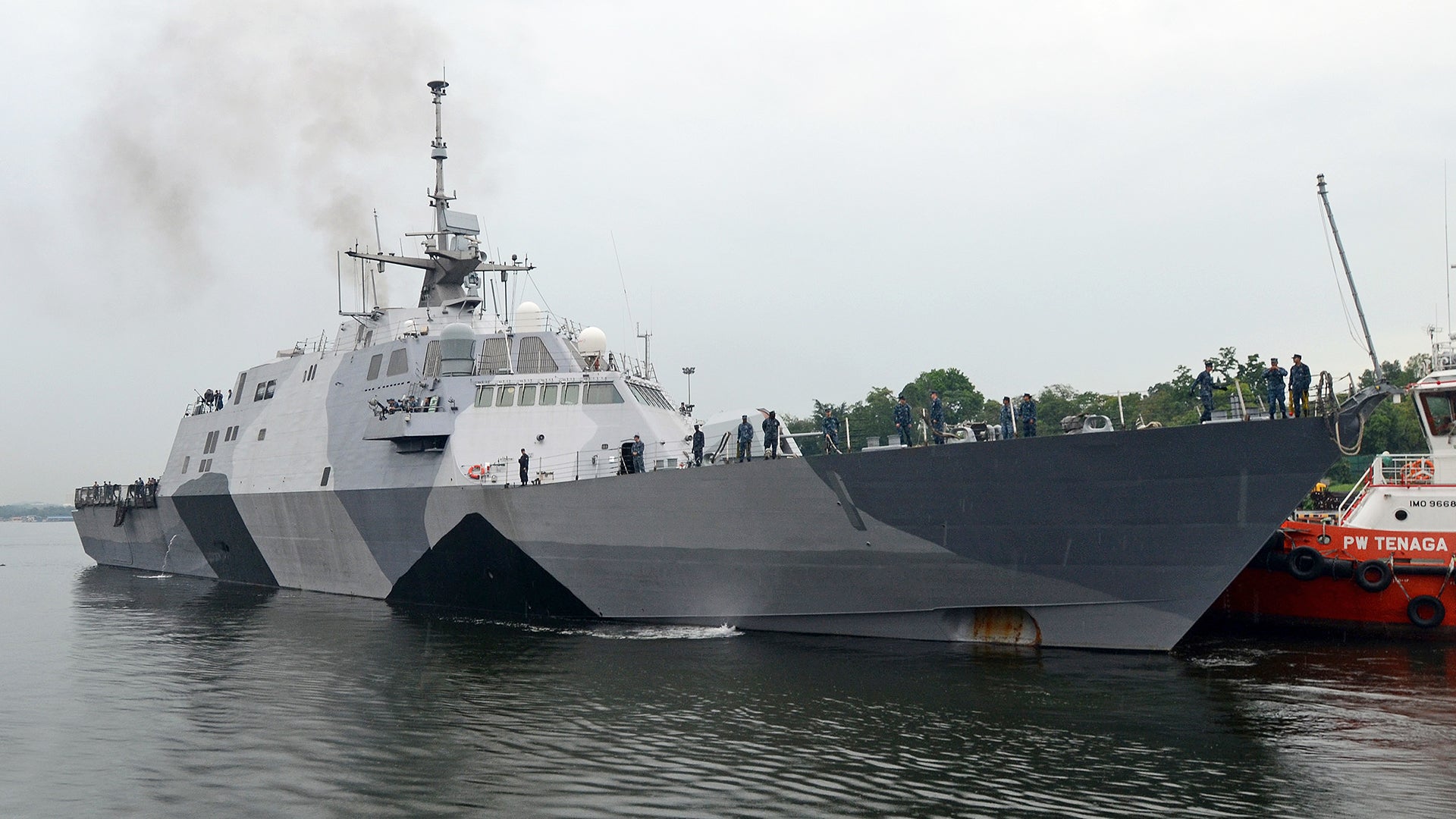Even though the U.S. Navy has already commissioned a nearly a dozen Littoral Combat Ships into service, it may turn out that not a single one of those vessels gets deployed operationally in the entirety of 2018. The LCS program just can’t get a win even after a broad and controversial restructuring program that saw the first four LCS hulls get turned into undeployable training ships. In addition, two squadrons of four Littoral Combat Ships were established to supposedly help readiness and to enhance the quality of the two crews assigned to each vessel.
This stunning report comes to us from USNI News’ Megan Eckstein who broke down the absurd situation in granular detail. The article is a must read in full and is linked here, but suffice it to say the fact that the program can’t come near to meeting its already downgraded goals is another glaring example of just how flawed the LCS initiative was and remains to this very day. Eckstein writes in her report:
“Three of the Navy’s four original LCSs are in maintenance now, and four of the eight block-buy ships that have commissioned already are undergoing their initial Post Shakedown Availabilities (PSA), Cmdr. John Perkins, spokesman for Naval Surface Force Pacific, told USNI News.
In addition to the deploying ships themselves being in maintenance, so too are the training ships that will be required to help train and certify the crews. The Navy upended its LCS training and manning plans in 2016 when then-SURFOR commander Vice Adm. Tom Rowden announced a change to a blue-gold crewing model and a ship reorganization: hulls 1 through 4 serve in San Diego as a test division, to help test mission module components and get them fielded; the remaining ships are divided into divisions of four ships each, responsible for either surface warfare, mine countermeasures or anti-submarine warfare. Within each division, the first ship has a more experienced crew that is responsible for training and certifying the rest of the crews, and the other three ships are deployable assets. Due to this model, not only does the deployable ship have to be in the water and ready for operations, but so does the training ship.”
Due to a number of delays, retrofitting requirements, extended maintenance periods, mishaps, testing demands and so on, the plan to send two Independence class LCSs to Singapore and one Freedom class LCS to Bahrain this year are very unlikely to come to fruition. It’s worth noting that till this very day, the ships that were built for littoral combat operations have yet to deploy to the U.S. Navy’s preeminent littoral combat theater, the Persian Gulf. Additionally, two LCSs have yet to be forward deployed to the same place at the same time.
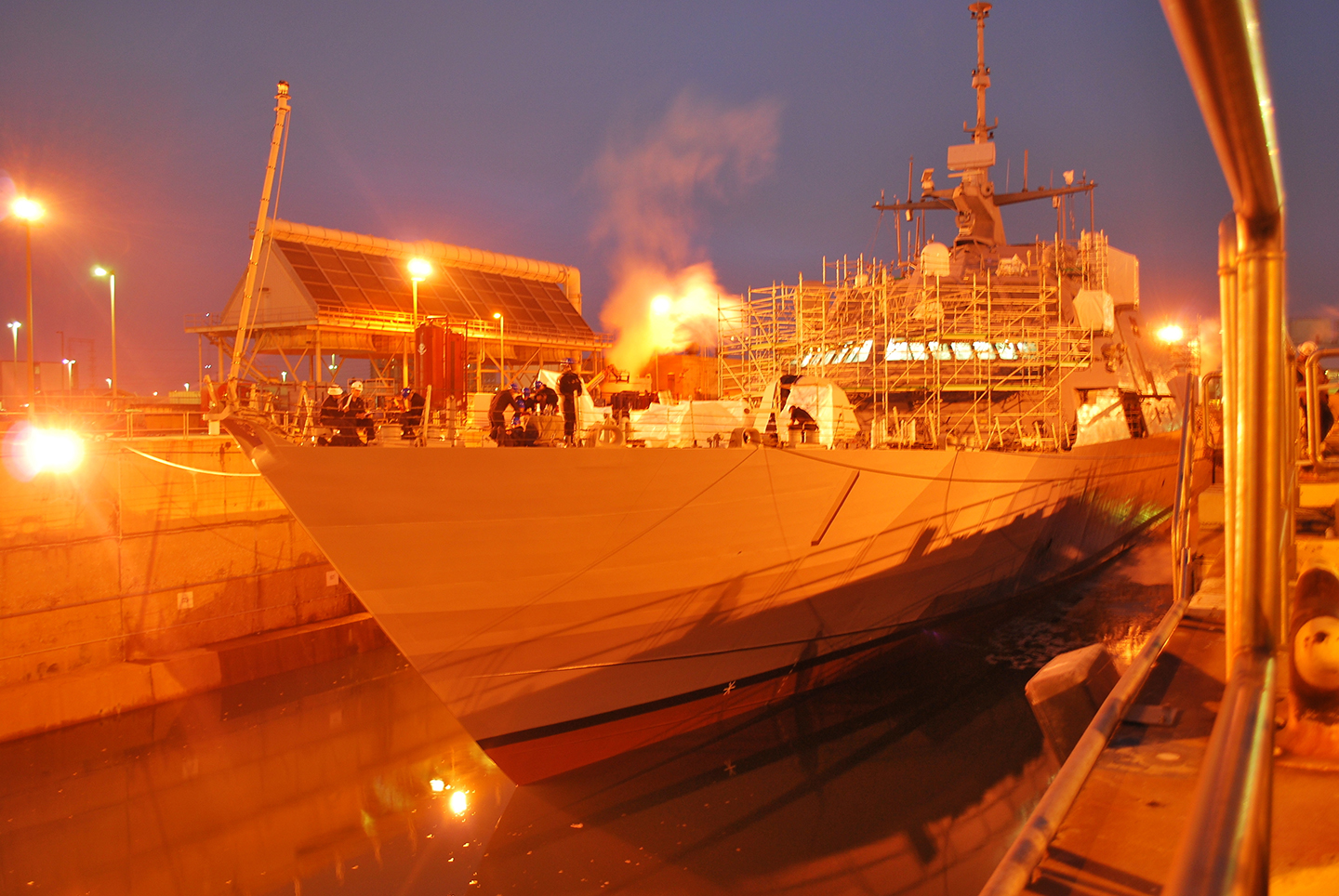
USNI News also notes the fact that the trimaran-hull Independence class requires a drydock for virtually any maintenance availability. Considering that all the ships in the class are homeported on the west coast, and drydocks for Navy vessels are already in short supply, this will only exacerbate the vessels’ availability issues. Testing needs for delayed mission modules and weapons systems also impact the LCS fleet’s ability to actually do its job in the real world.
But it seems like a very hard pill to swallow that out of a cadre of 11 operational ships, more than half of them are being used as training vessels. And overall, this just underscores how downright stupid the Littoral Combat Ship concept was from its very beginning. These were the ships that were supposed to be cheap, highly flexible, extremely efficient and very deployable. They ended up being none of those things.
Eventually, the LCS program will reach some form of stability, but what exactly that will look like remains unclear. Above all else, it is getting ever more doubtful that their effectiveness and capabilities will ever come close to outweighing the opportunity cost the program has sucked down over the years.
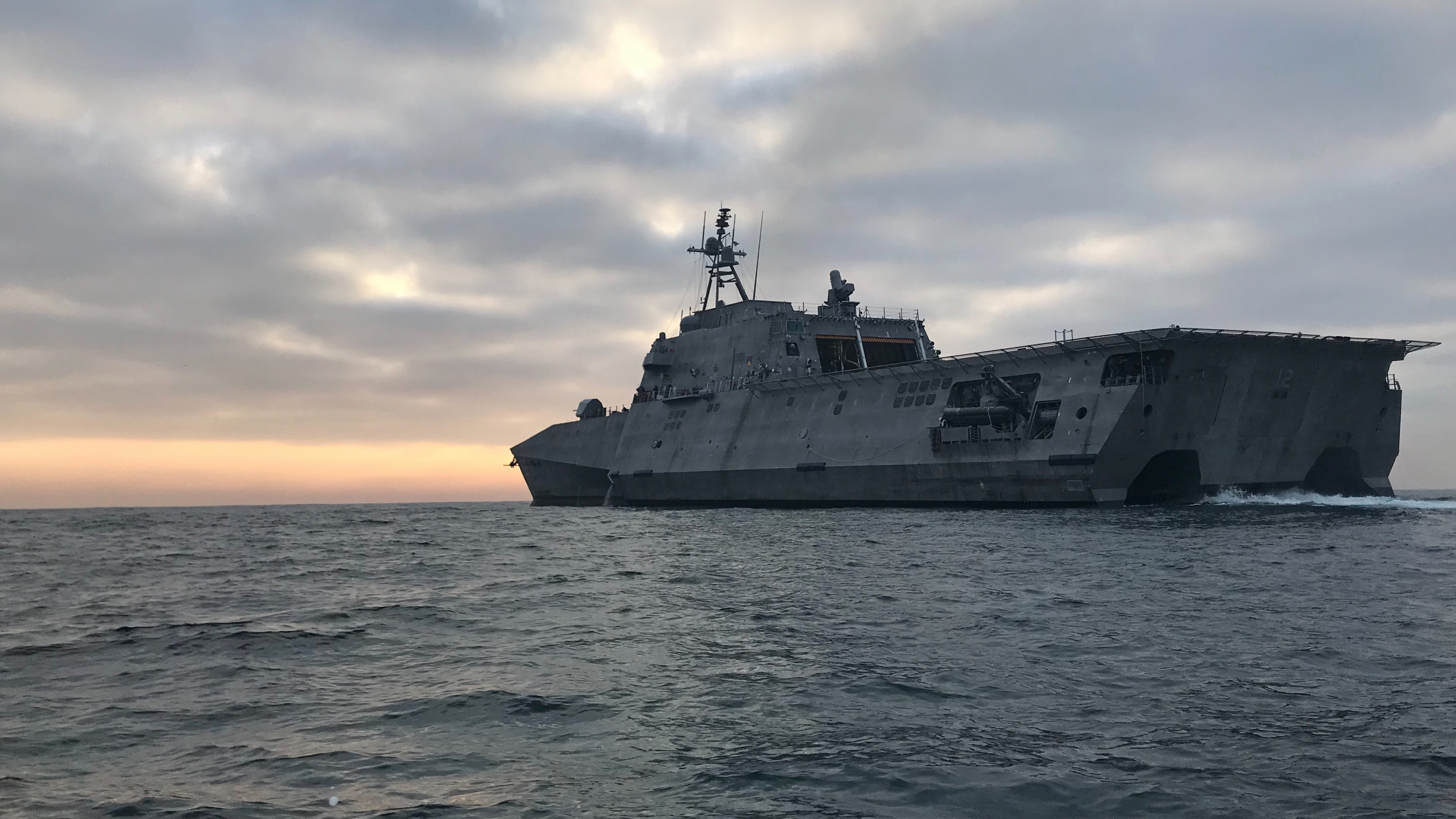
The Navy seems to have already made up its mind when it comes to the LCS program, having truncated its original buy from 55 down to 32 hulls. Now the seagoing service is focusing on what many of us have pleaded for years, a modern frigate with area air defense capabilities. That program, dubbed the FFG(X) is running full steam ahead, and its largely ‘off-the-shelf’ nature means that it is a relatively low risk, rapid acquisition affair, with the first ships entering service around 2025.
Even a decade after the first Littoral Combat Ship was commissioned, the program is still a mess. It hasn’t even fielded a close-range missile system yet beyond the testing stage and the quickly deployable mission module concept that was supposedly so innovative and promising has been all but abandoned.
Maybe America’s Navy would be better off without LCSs at all. Shipbuilding politics and the need to protect a diversified industrial shipbuilding base are some of the main arguments as to why the program still exists, along with the Navy’s somewhat arbitrary goal of upping its hull numbers.
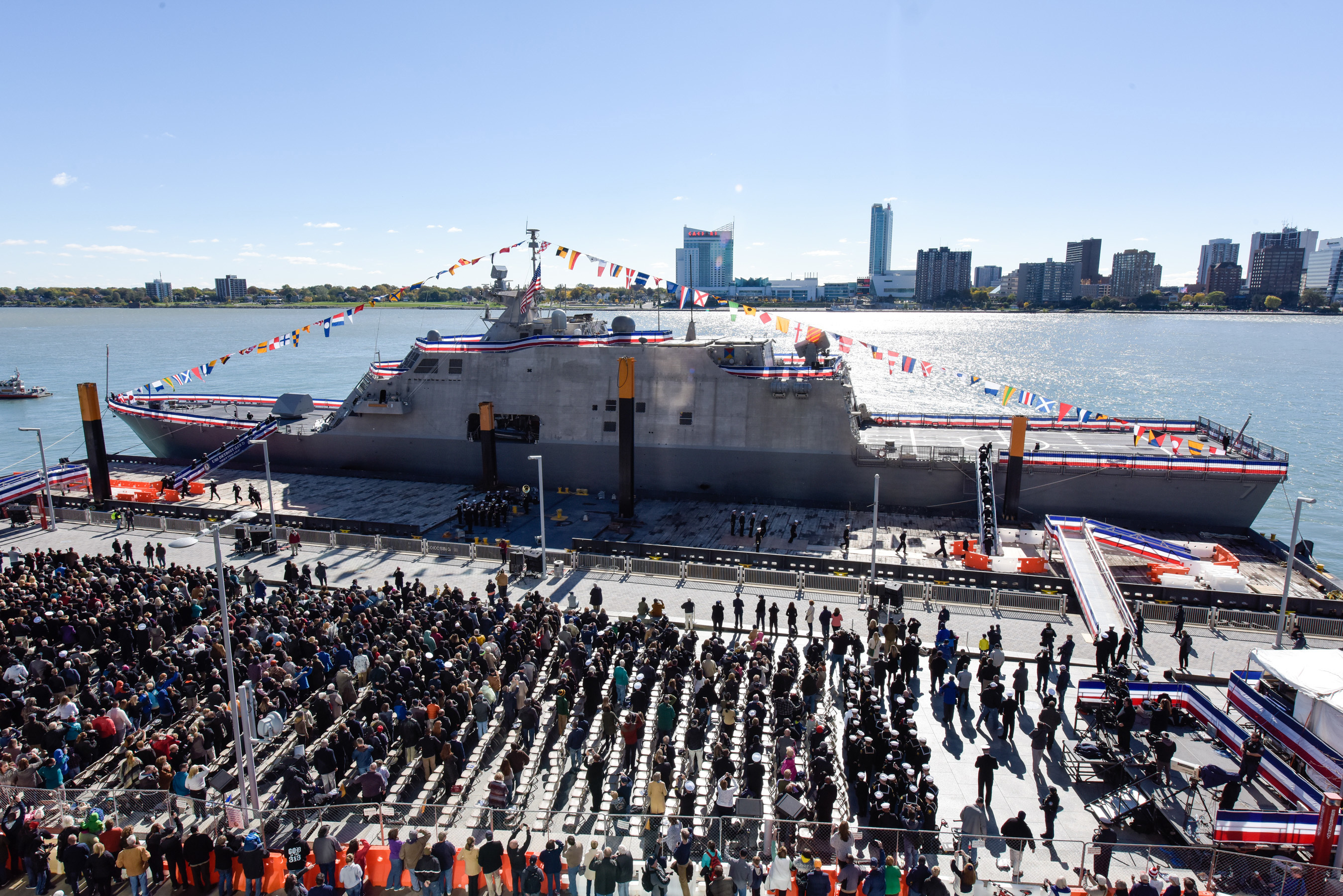
Some have proposed canceling any further LCS purchases regardless of penalties—many ships are under construction in one form or another—or politics and transferring the fleet to the Coast Guard or selling them off to our allies. Funds would be better spent buying new frigates and smaller and far cheaper vessels for more mundane tasks. The rapid procurement of advanced, forward-deployable diesel-electric submarines may be the best use of the LCS budget of all.
Sadly, none of this will happen so the Navy will have to figure out how to make the most logical use of these ships as possible. And having two crews per a vessel, and all the training demands that go with it, may not be the best idea, especially for ships that so far have proven to be less than reliable.
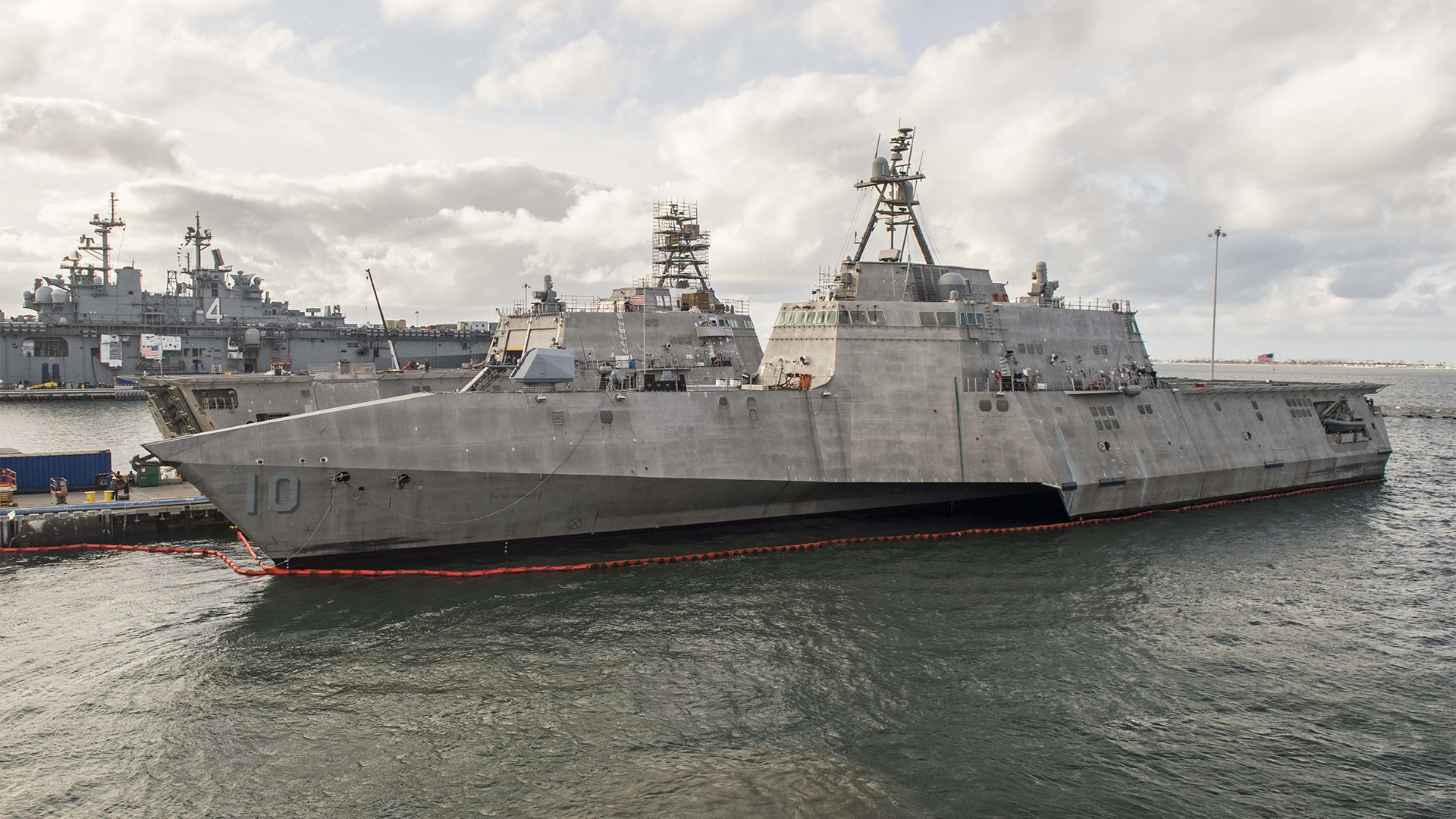
Whatever the future holds for the LCS, 2018 looks to be a year of hard knocks for the troubled program, and it should serve as a reminder of what the U.S. military is left to deal with after a bad idea is systemically hammered through the procurement process to the point that it is truly too big to fail.
Contact the author: Tyler@thedrive.com
